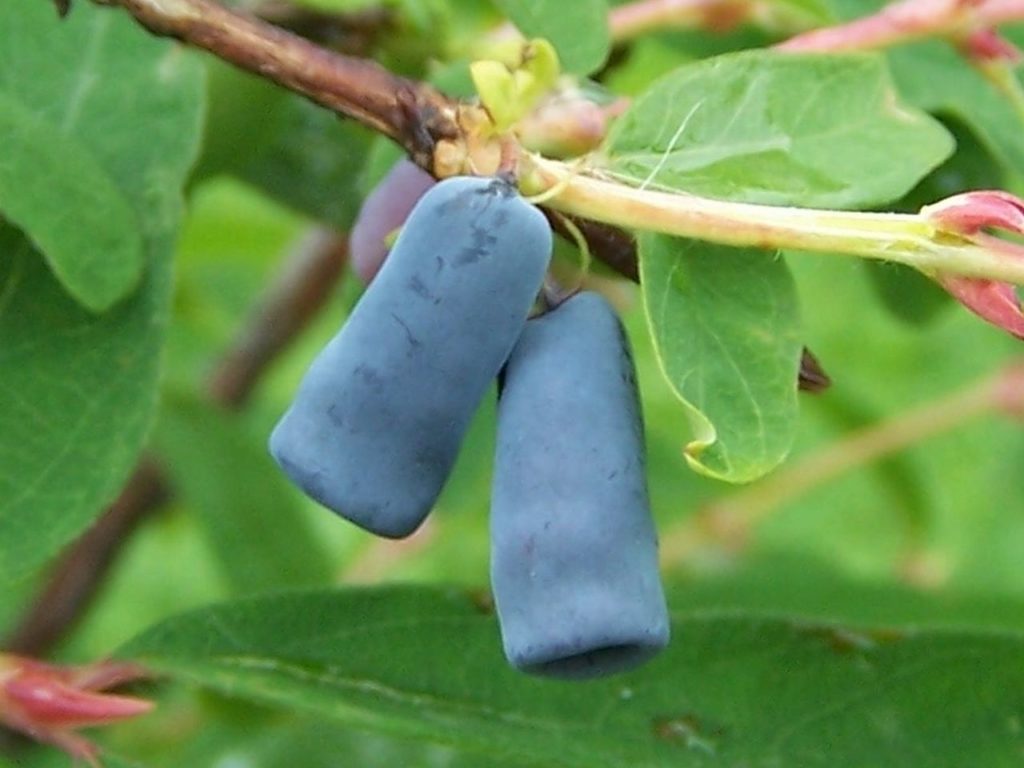
A friend of mine recently asked me to suggest plants for his new home. I’ve spent a lot of time doing research on permaculture and the plants that are ideal for our climate in Upstate NY. I’m kinda obsessed. In doing my research, there’s a few plants that keep coming up for me that I’ve become extremely passionate about. These plants are low maintenance, beautiful, multifunctional, delicious, and hardy. In compiling the list for my friend, I realized that the list might be valuable for lots of people, so here it is in blogpost form.
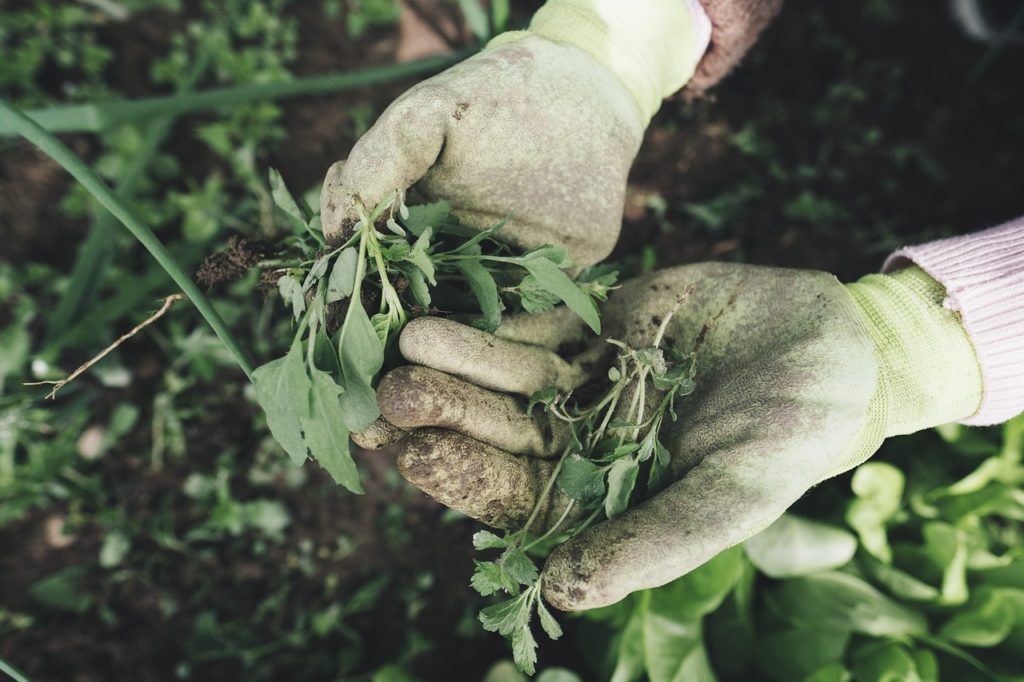
-this gardener
I love gardening, but the traditional backyard garden seems like a lot of work for a tomato or two. Permaculture is a portmanteau of “permanent” and “agriculture”. I like to plant one time, and harvest several times. All of the plants I recommend here are perennial–that means you only need your shovel the first year.
Another criteria for this list is that the plants I’m suggesting are at least uncommon in an American backyard. You’ve probably never heard of most of these, and you probably don’t realize how easy to grow the rest of them are.
Have you been irritated lately at skyrocketing grocery prices? Feel uncomfortable relying on the “supply chain” which has been so uncertain lately? Read on. I genuinely believe this information will make your life better.
#1: Seabuckthorn/Seaberry
Elevator Pitch: What if you could grow extra-healthy citrus juice in your cold-climate backyard while improving your soil?
Primary benefits: Seaberry juice is incredibly healthy, and easy to harvest. It’s a tart juice kind of like lemon juice with a delicious complexity to it. The seeds are also rich in healthy oils.
Secondary benefits: Seaberry is a nitrogen fixer, which means it can capture nitrogen gasses and feed nitrogen to the plants around it. Nitrogen is one of the most common limiting factors for plant growth, so naturally this is a huge benefit.
Planting notes: Seaberry really needs full sun. Once it reaches a mature size (about 10ft tall and 5 ft wide), it will send out “suckers” from the base of the plant. Suckers are a great secondary harvest, since they can be dug up and planted elsewhere, and are exact genetic clones of the mother plant. Seaberry is thorny, but the thorns aren’t as nasty as raspberries or other briars. You need to plant a male and female of the species to get pollination.
#2: Horseradish
Elevator Pitch: All of the horseradish plant is edible, so in addition to the delicious roots that you’re familiar with, you can eat the buds, which are like spicy broccoli, or even the flowers and leaves. It’s a cakewalk to plant and propagate. Plus, its dense root mass blocks rhizomatic spread of grass, so it can be used as a border for a garden.
Primary benefits: Roots can be grated to make delicious prepared horseradish, which is amazing on red meat.
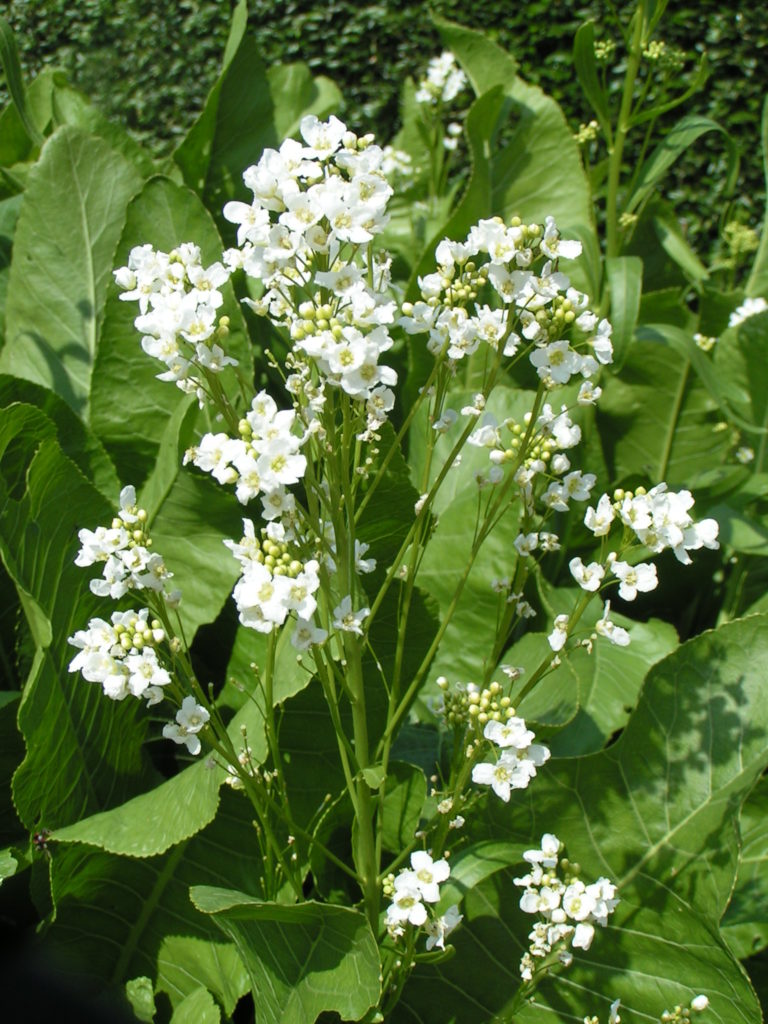
Secondary benefits: Use as a border plant to prevent the spread of lawn into your annual garden beds or pathways. Horseradish will spread over years, but luckily the “pruning” and harvest of horseradish are the same thing!
Planting notes: The only trouble I’ve ever had with horseradish is when I tried to plant it in a shady location. Otherwise, you can plant it with very little concern, it will outgrow any lawn grass.
#3: Heartnuts
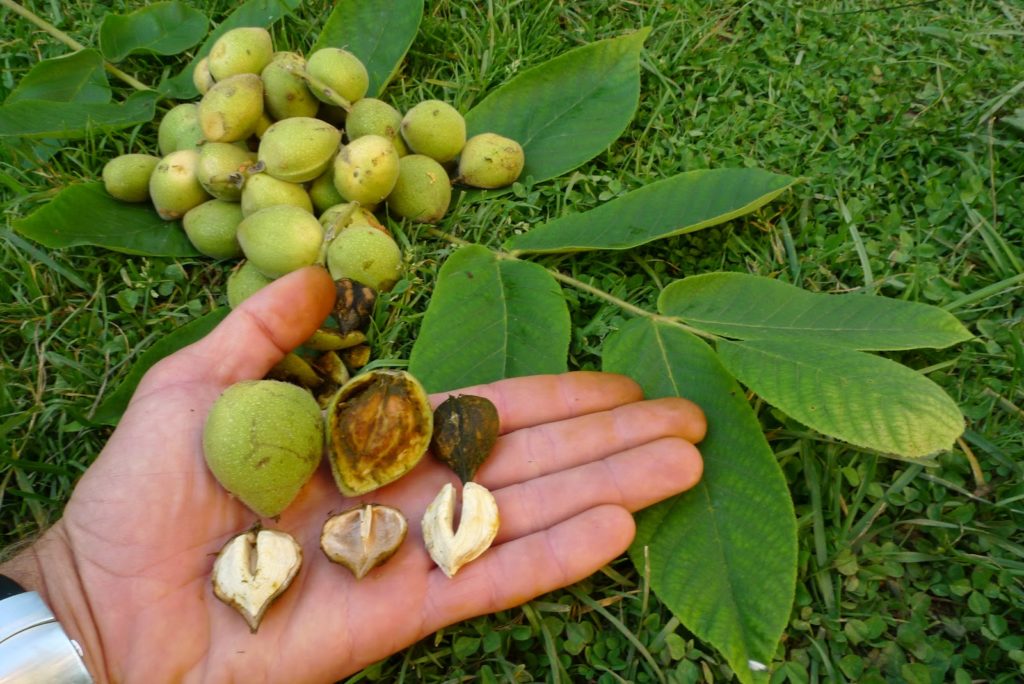
Elevator Pitch: Imagine all the potency of a black walnut, but the nut is actually easy to crack, and you can get the whole nut out in one. This is a walnut species from Japan.
Primary benefit: Easy-to-crack walnuts raining from the sky, and summer shade.
Secondary benefit: Walnut species secrete a chemical called “juglone” from their roots, which suppresses or kills nearby plants. There are some plants that seem immune or tolerant of juglone, and so planting juglone producing trees can help you select for those plants, reducing weed pressure from other competitive plants.
Planting notes: This is a great one to plant as a shade-tree-with-benefits in the middle of a yard where you’d like to keep some grass and nothing else. You do not want to plant this tree near other valuable trees or shrubs.
#4: Honeyberry/Haskap
Elevator Pitch: They’re like slightly tart blueberries, but higher in antioxidants, hardier, and you don’t need to do any fussy soil amendments.
Primary benefits: Delicious early season berries that are an easy replacement for blueberries in smoothies, recipes, or out-of-hand eating. Extremely easy to grow and quick to bear.
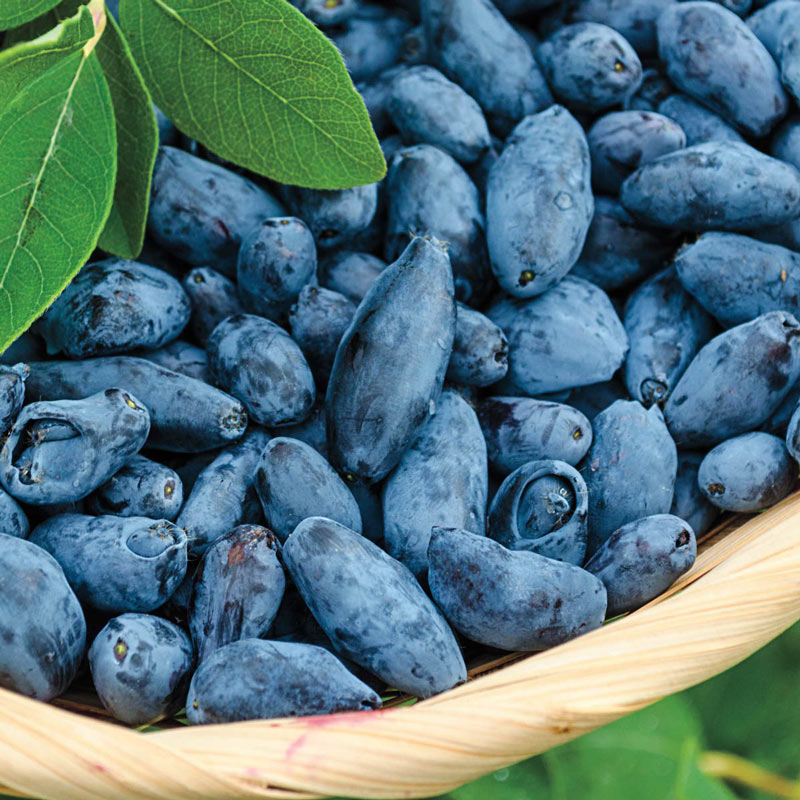
Secondary benefits: After the plant has matured, it can be divided at the roots and then the two plants can be replanted. You’ve now doubled your honeyberry collection!
Planting notes: Most varieties need a second compatible variety for pollination.
#5: Elderberries
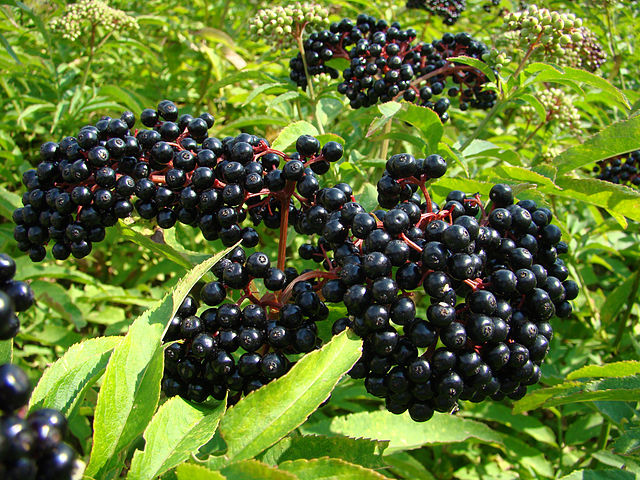
CC BY-SA 3.0
Elevator Pitch: While you’ve probably heard of elderberries, you probably don’t realize just how easy they are to grow and propagate. You can make use of that swampy area in your yard with these incredibly healthy berries.
Primary benefit: High-antioxidant berries; the most-used herbal supplement in the USA (someone told me that, I don’t have a source.)
Secondary benefit: I’ve seen this planted in chicken yards, and it not only provides the chickens protection from hawks, but also provides a natural source of food for the chickens. The plant is so easy to grow and propagate that it should be no trouble to share the spare fruit.
Planting notes: Can be planted in a chicken yard as noted above, thrives in wet soggy marshy soils but can also be planted in just regular soil. Propagates easily from cuttings.
#6: Hazelnuts
Elevator Pitch: You probably use olive oil every day, but olives don’t grow in your climate. Hazelnuts do, and they’re the only native source for the oleic acids that make olive oil so healthy. Additionally, they’re easy to store, hardy, and readily hand-harvestable. I think this should be a cornerstone plant for anyone interested in homesteading or self-reliance.
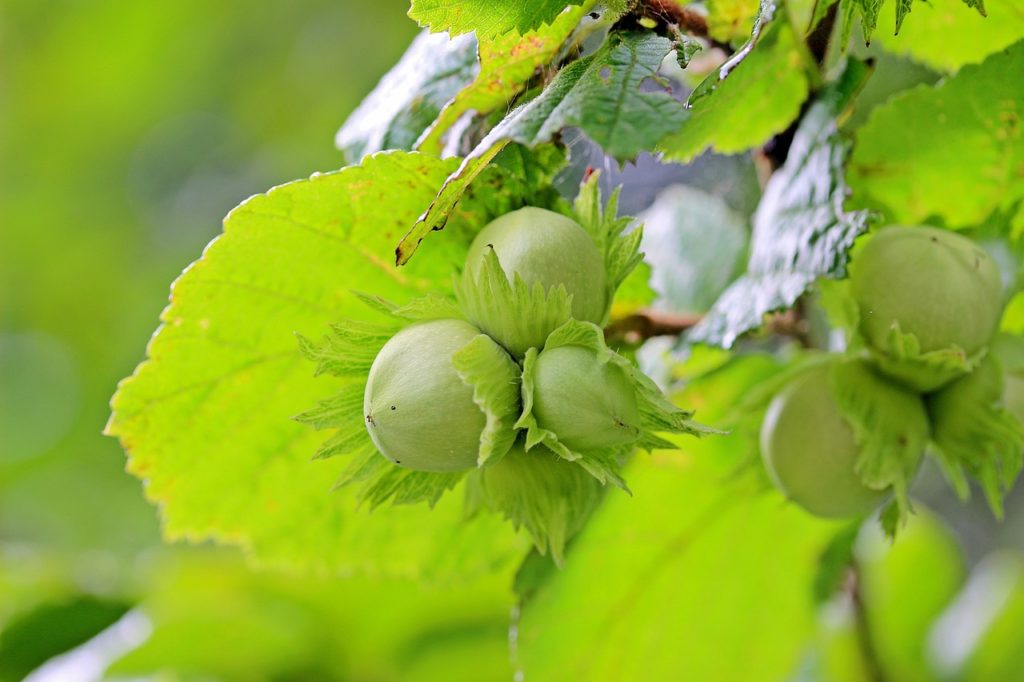
Primary benefit: Super versatile nut packed with antioxidants and healthy oils. Can be eaten raw, roasted, ground into a butter, pressed for oil, or fed to very lucky pigs. There are lots of quick, easy ways to make carbohydrates with plants, but hazelnuts are in my opinion the best way to make essential fats and some proteins.
Secondary benefit: The by-products of hazelnuts are extremely useful. The press-cakes left after extracting oil make good chicken food. The shells make good bio-char, or wood stove fodder. The wood collected in pruning can be inoculated with shitake mushrooms, or made in to fences, or used as staves.
Planting notes: Because hazels are wind-pollinated, they may appreciate being planted in a block. They do well on hillsides. Generally speaking, they’re tolerant of nearly all soil types.
#7: Currants
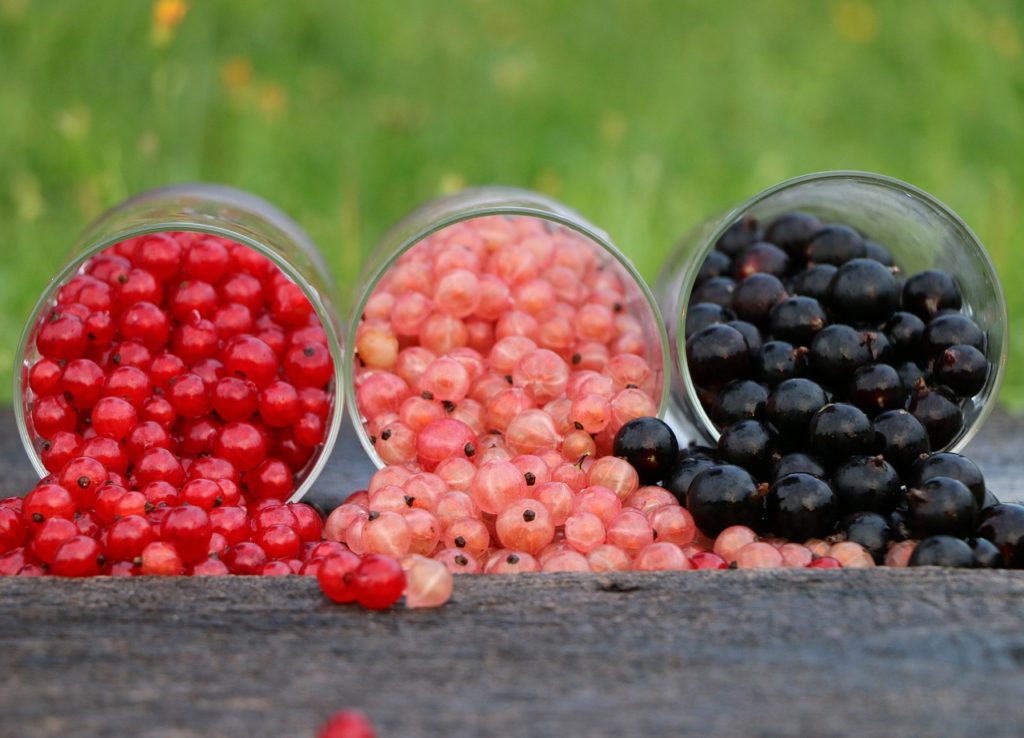
Elevator Pitch: Not many fruit producing plants thrive in the shade, but currants do. That means you can tuck them into niches that would otherwise be unproductive, maximizing your yield.
Primary benefit: Tasty fruit good for making wine, preserves, or jams.
Secondary benefit: Can be planted in chicken yards and used as grow-in-place supplemental food. Chickens will harvest them on their own when they drop to the ground.
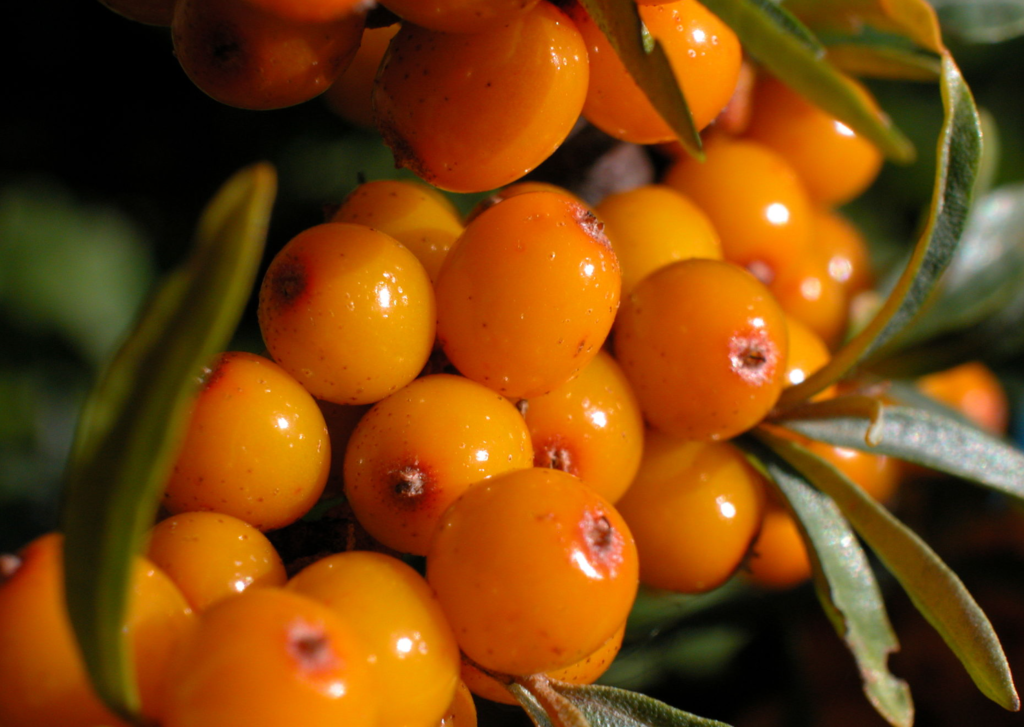
Leave a Reply